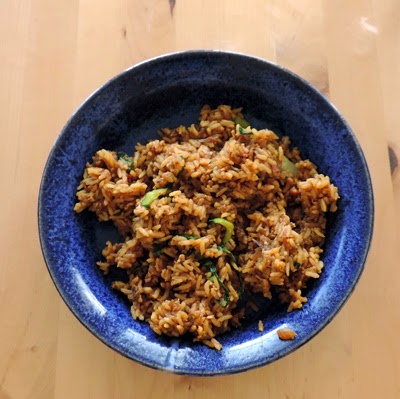A Different Fruit A Day Personal Health Challenge
Even though most people identify squash with vegetables, from a botanical standpoint, they're considered fruits because they contain the seeds of the plant. Squash are divided into two categories -- summer and winter squash.
Summer squash are generally divided into four groups -- crookneck, zucchini (green and yellow), straightneck, and scallop (pattypan). They have thin, edible skins and soft seeds, and are high in vitamins A and C, and niacin.
Oma had never had a Crookneck Squash before and you really cannot just eat it like most other fruits. So the search for a recipe began. Oma loves any recipe with the “Easy” in it.
Ridiculously Easy Roasted Yellow Squash and Onions
- Preheat oven to 425F.
- Lightly spray a baking sheet with canola or olive oil
- Trim the ends of the squash, cut off the slender necks, and slice the necks in half, lengthwise. Then slice each squash into lengthwise slices, about 1/4 to 1/2-inch thick. Lay the slices on the cooking sheet in a single layer.
- Trim the ends of the onion and peel it
- Slice into thin wedges.
- Bake for about 15 minutes, until bottoms of squash begin to brown. Sprinkle with pepper and salt, turn each slice over, and bake until bottoms of squash are browned, about 15 minutes more. Serve immediately, hot out of the oven.
Pretty easy and yummy too!
Related Posts:
- Day 18 Kiwifruit
- Day 17 Passion Fruit
- Day 16 Corn
- Day 15 Blueberries
- Day 14 Dark Chocolate Strawberry Halves
- Day 13 Coconut
- Day 12 Avocado
- Day 11 Pears
- Day 10 Mango
- Day 9 Pitaya
- Day 8 Habanero Pepper
- Day 7 Watermelon
- Day 6 Grapes
- Day 5 Banana
- Day 4 Nectarine
- Day 3 Peach
- Day 2 Black Plums
- Day 1 Apples
- A Different Fruit A Day Personal Health Challenge


























